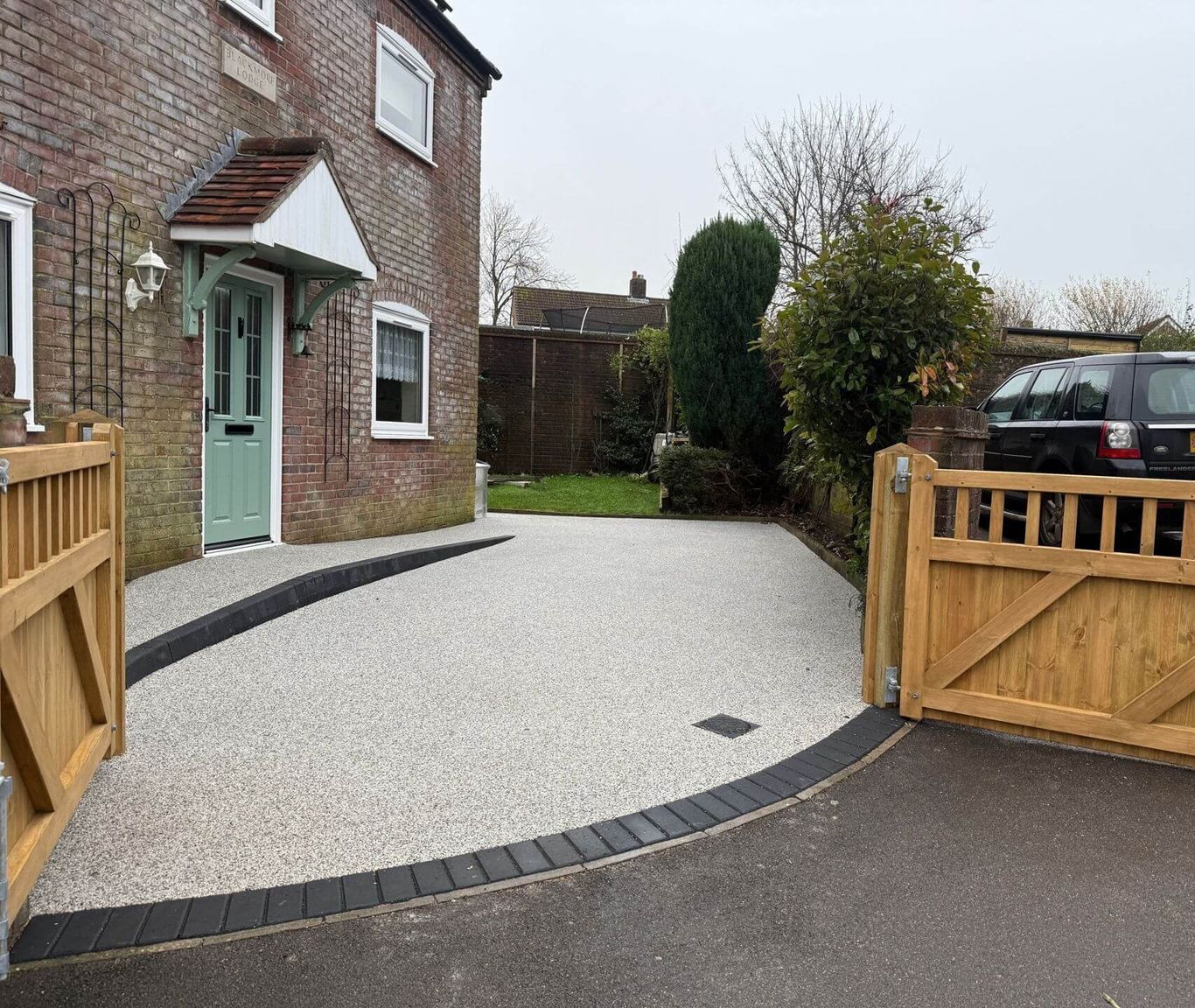Why Architects Are Choosing Resin Surfaces for Modern Developments

In the ever-evolving world of sustainable urban architecture, resin surfaces quickly become the go-to choice for architects designing cutting-edge developments. This innovative material transforms how we approach building design, offering a perfect blend of functionality, aesthetics, and environmental consciousness.
Versatility in Design
Architects gravitate towards resin surfaces primarily because of
the vast array of design possibilities. Unlike traditional materials, resin can be customised to suit any aesthetic preference, allowing architects to create unique, eye-catching designs that set their projects apart. From sleek, minimalist finishes to bold, colourful patterns, resin surfaces offer unmatched versatility in modern architectural design.
Superior Performance
Regarding
architectural material performance, resin surfaces excel in numerous areas. Their durability and resistance to wear and tear make them ideal for high-traffic areas, both in residential and commercial settings. Moreover, the
resin surface slip resistance properties ensure safety in public spaces, making them a popular choice for architects working on community projects.
Sustainability at the Forefront
As
sustainable architectural solutions become increasingly important, resin surfaces lead the way. These eco-friendly materials align perfectly with
modern building regulations that prioritise environmental responsibility. Resin surfaces often incorporate recycled materials and have a lower carbon footprint than traditional options, making them attractive for architects committed to green building practices.
Adaptability in Various Settings
The versatility of resin surfaces extends beyond aesthetics. Architects are finding innovative ways to incorporate
resin surfaces in public spaces and
commercial buildings. Resin surfaces, from outdoor plazas to indoor lobbies, provide a durable, low-maintenance solution that can withstand diverse environmental conditions.
Looking Ahead
As we consider
future trends in resin surfaces, it's clear that this material will continue to play a significant role in shaping modern architecture. Ongoing research and development will enhance its properties further, opening up new possibilities for architects to push the boundaries of design and functionality.
In conclusion,
resin surfaces consistently come on top for their versatility, performance, and sustainability
when making architectural material comparisons. As architects continue to prioritise innovative, environmentally conscious designs, resin surfaces are set to remain a cornerstone of modern development for years to come.
